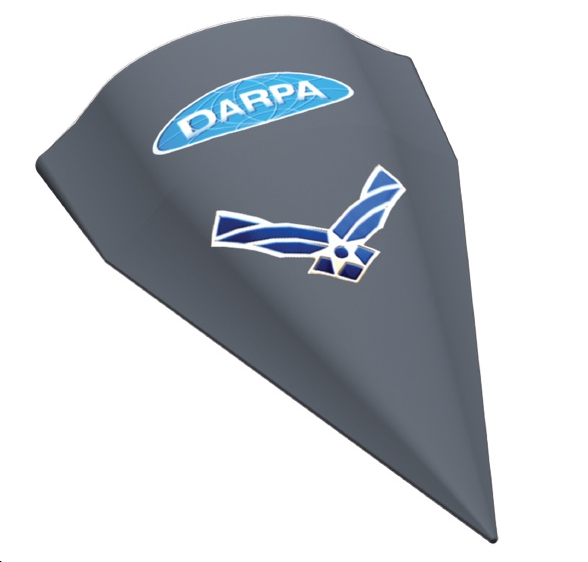Going Hypersonic
The field of hypersonic flight research is about to get a boost—actually, two boosts. DARPA’s Falcon Hypersonic Technology Vehicle, or HTV-2, is due to launch Thursday on a Minotaur rocket from Vandenberg Air Force Base in California (after two days of weather delays).The unpowered glider will be r…

The field of hypersonic flight research is about to get a boost—actually, two boosts. DARPA's Falcon Hypersonic Technology Vehicle, or HTV-2, is due to launch Thursday on a Minotaur rocket from Vandenberg Air Force Base in California (after two days of weather delays).
The unpowered glider will be released from the rocket to fly back through the atmosphere, and is expected to reach at least Mach 20 before slamming into the Pacific Ocean near Kwajalein Atoll. On the way down, it will send back lots of data on basics like structural heating, navigation and aerodynamics. The flight should last just 30 minutes, and will be followed by a second Falcon test early next year.
Then, later this spring (no sooner than the end of May), the U.S. Air Force's X-51 WaveRider is due to begin a series of flights from Edwards Air Force Base. Here's a preview: